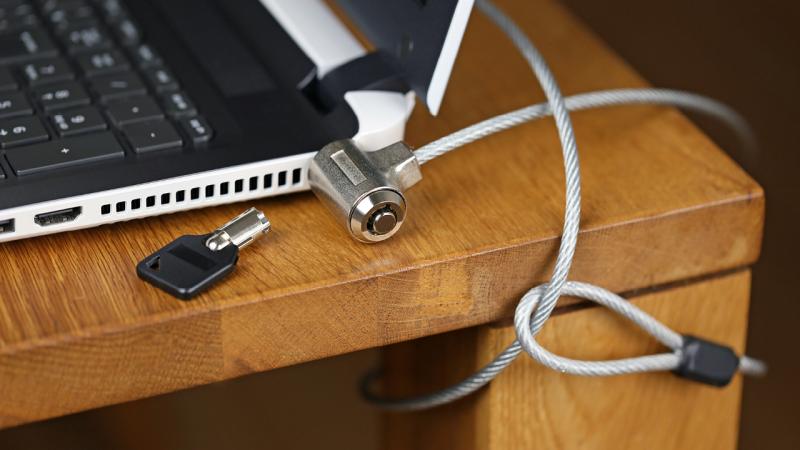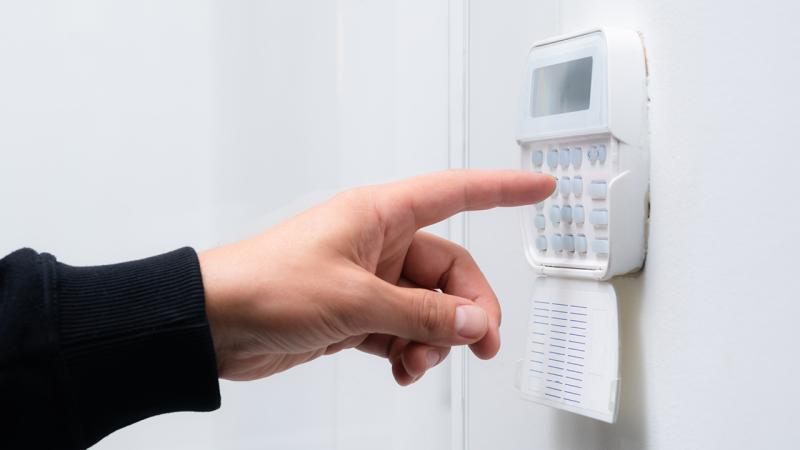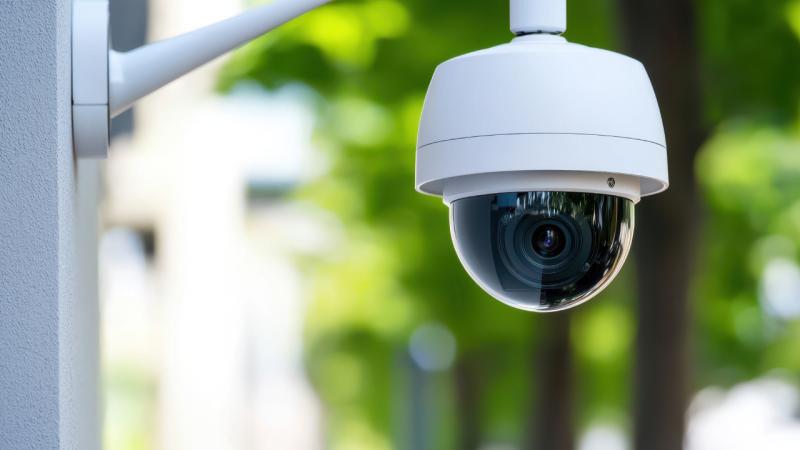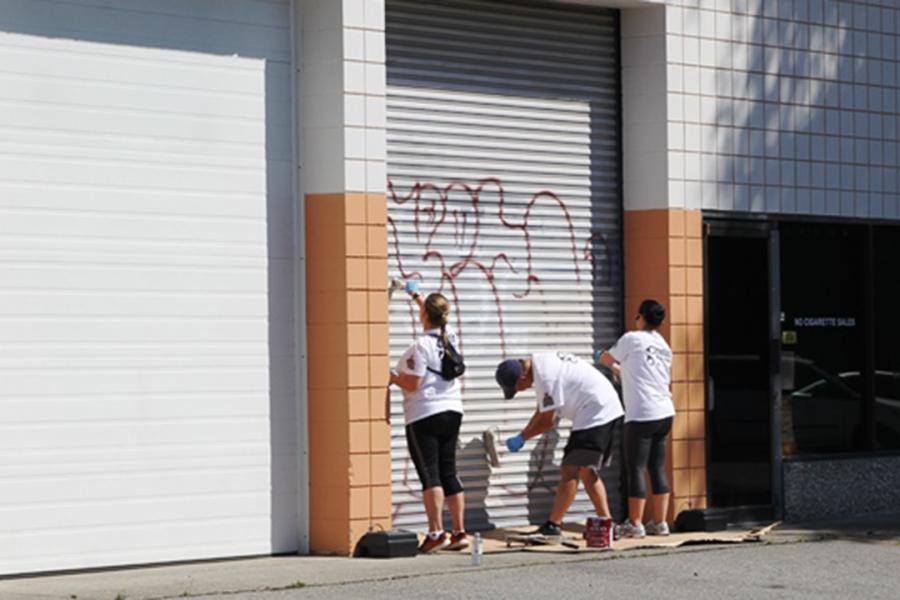Crime Prevention Through Environmental Design (CPTED) is about designing spaces to prevent crime and make people feel safe. Here's how it works for businesses.
- Natural surveillance (visibility): Make sure your business is easy to see into and out of. Use windows, lighting, and clear lines of sight to discourage criminals. Ensure all entrances, windows, and dark corners are well lit.
- Territorial reinforcement (ownership): Clearly mark your business boundaries with signs, landscaping, or fencing. This helps show that the area is cared for and watched over.
- Access control: Control who can enter your business. Use secure doors, gates, and key systems to limit access to authorized people only. This is especially important in the early morning and late-night hours.
- Maintenance: Keep your business area clean and well-maintained. Fix broken lights, trim bushes, and keep the property looking cared for. A well-maintained area signals that someone is paying attention and can deter criminals.
- Target hardening (security measures): Install security cameras, alarms, and locks to make it harder for criminals to target your business. Store high value items out of sight and away from windows or exits.
By following these principles, businesses can create a safer environment for employees, customers, and the community. A free business security assessment by CPTED trained staff may be available. For more information, please contact us at [email protected] or 604-294-7944.







